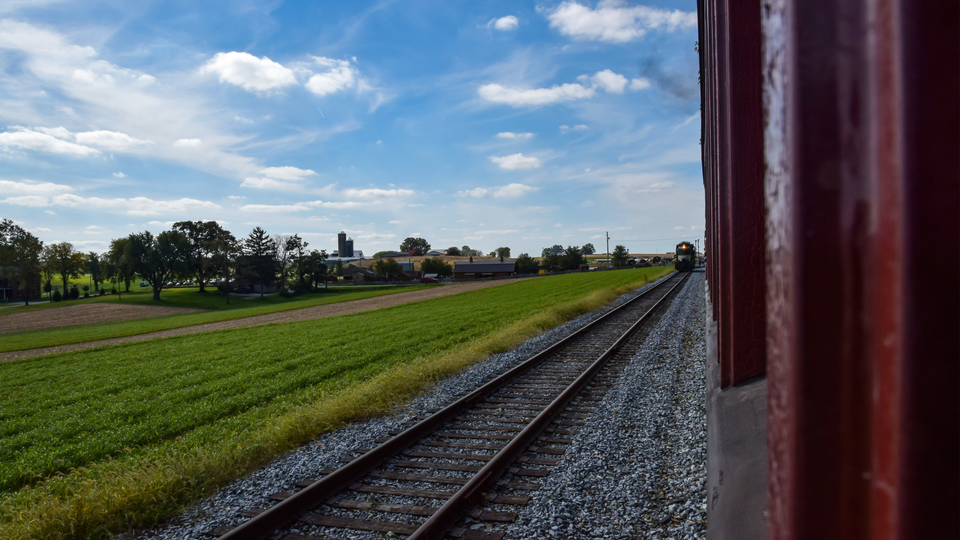In recent years, there has been a significant
increase in rail journeys and by the end of 2021 this will be further encouraged by the return of long-distance trains which will retrace the routes of the original trains operative in Europe between 1950s and 1970s. While in those years trains were the most chosen way of transport for travels, starting from the 1980s they have been progressively replaced by low cost flights.
These cheaper, faster and frequent flights have largely spread in the last thirty years becoming the most used way of transport for travels throughout Europe.
However, over recent years there has been a
remarkable turnaround. In fact, according to Eurostat, in 2018
eight billion of passengers travelled on railway stations in Europe in the face of one billion people who travelled by plane.
The push towards a greater use of trains as means of transport comes, on the one hand, from the European initiatives and policies. The EU, in conformity with the Agenda 2030 - Sustainable Development Goals Programme adopted by the UN, set the aim of promoting a more sustainable mobility that leads to a reduction of CO2 emissions and encourage travelers to choose alternative means of transport to planes. In this regard, trains are surely the best option considering that the emissions per capita of a train are 1/10 of those of a plane!
Secondly, there is a strong will to reinforce the cross-border dimension of the European rail transport so that it may become a symbol of cohesion and European integration.
At the same time, tourists’ changing needs and priorities in the way of experiencing travel is pushing towards a larger use of trains. Apart from the ongoing sanitary emergency, for several years now tourists have been more likely to choose trains as alternative means of transport to planes or buses. This is because, especially among
young people, there is a stronger environmental awareness also in the tourist sector, which is gradually motivating consumers to choose more environment-friendly ways of traveling together with the progressive rediscover of Slow Tourism. Additionally, new technologies make trains faster and more efficient rendering them an optimal solution that combines the respect for the environment and needs of comfort.
Concretely, the EU is implementing the
TEE 2.0 Programme (TransEurope Express 2.0), that will make the rail routes of the 1950s to 1970s operational again. The project was proposed by the German Minister of Transport Andreas Scheuer at the EU Council in 2020 and includes the partnership of several national railways companies: Deutsche Bahn (Germany), SNCF (France), OBB (Austria) and FFS (Switzerland).
Those travelers who don’t like to waste time in the travel will then have the possibility to travel by night, leaving for example from Wien and arriving in Paris the following morning, or starting from Zurich and getting in a few hours to Amsterdam.
Besides these night lines, the TEE 2.0 Programme includes also the realization of daytime routes that will be integrated with high-speed lines trains in order to establish a set of optimized railway connections, which will definitively offer the following routes:
- Paris – Bruxelles – Köln – Berlin – Warsaw
- Amsterdam – Köln – Basel – Milan – Rome
- Berlin – Frankfurt – Lyon – Montpellier – Barcelona
- Amsterdam – Bruxelles – Paris – Lyon – Barcelona
At EU ECO-TANDEM Programme we actively promote sustainable mobility in tourism and we are looking forward to travelling through Europe by train!


